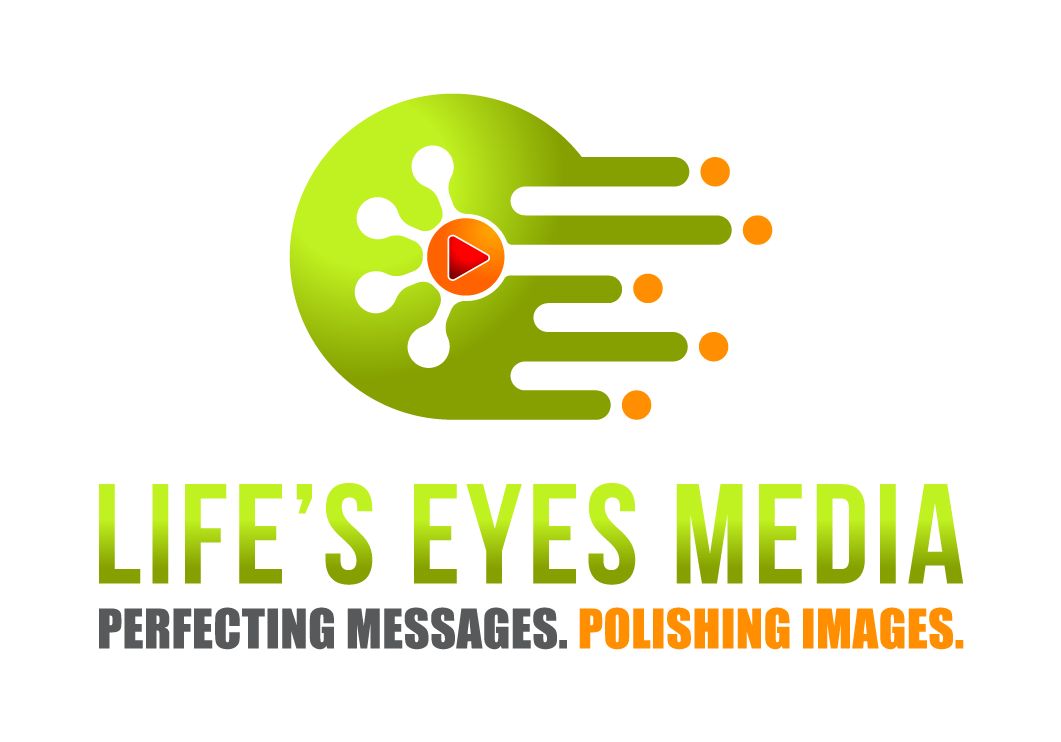 Author/screenwriter/teacher Robert McKee says, “Storytelling is the most powerful way to put ideas into the world today.” For the most recent proof, look no further than this summer’s Republican and Democrat Party conventions. The powerful stories told by family members of Americans who lost their lives in war zones, still influence the national political discourse weeks later. This depth of impact is not new. In fact, it’s ancient. Human beings were telling stories around campfires long before we were creating decks full of Power Point slides; designing multi-media marketing campaigns; or posting to Facebook. Precisely because of digital media and the resulting decline in attention spans, effective storytelling matters more than ever.
Author/screenwriter/teacher Robert McKee says, “Storytelling is the most powerful way to put ideas into the world today.” For the most recent proof, look no further than this summer’s Republican and Democrat Party conventions. The powerful stories told by family members of Americans who lost their lives in war zones, still influence the national political discourse weeks later. This depth of impact is not new. In fact, it’s ancient. Human beings were telling stories around campfires long before we were creating decks full of Power Point slides; designing multi-media marketing campaigns; or posting to Facebook. Precisely because of digital media and the resulting decline in attention spans, effective storytelling matters more than ever.
1. One of the axioms of effective marketing is, “People buy from people they know, like, and trust.” Stories help an audience know, like, and trust the speaker, the author, or the collateral creator. They simply make us more authentic. In this space, we’ve discussed why authenticity is the essential quality of effective communication today. If you’re telling a story, you’re connecting with your audience—through something familiar, personal, and therefore, authentic.
2. In a live audience setting, storytelling boosts your presentation delivery skills. The nonverbal “tells” in evidence when we feel nervous in front of an audience, actually diminish during storytelling! We don’t fidget as much. Look away as much. Stumble over our words as much. In fact, our vocal qualities are more variable. Our eye contact is stronger. And our physicality is more confident. That’s a pretty amazing transformation in skill set that can potentially “carry over” into other areas of the presentation—all as the speaker gains confidence from the positive audience response to storytelling.
3. Storytelling improves audience retention. In the end, an audience typically remembers less than ten percent of any given communication. It’s depressing. But there is potential to drive up that number and/or increase the chances an audience will remember what you want them to. Storytelling is one of the best ways to accomplish both goals. Tell stories that employ visual language—stories that “paint a picture.” Tell stories that use powerful, present tense verbs—“imagine,” “conquer,” “inspire.” And tell stories that are easy to understand, concise, and end with a clear message. You’ll see clear results!
